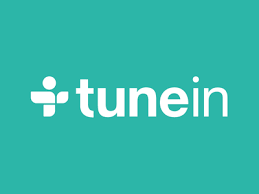Hams Respond to 2nd Hurricane in Southern US
/While emergency communications were still continuing in the wake of Hurricane Helene’s impact on the Southeastern United States, hams in Florida had to begin their own activation for Hurricane Milton on Wednesday, October 9th. In addition to the Hurricane Watch Net on 20 and 40 meters, the Statewide Amateur Radio Network, or SARNet, was busy handling traffic from the state’s Emergency Operations Center. SARNet is a network of linked UHF repeaters run out of the EOC covering most of the state of Florida.
Approaching the state's western coast south of Tampa with Category 3 winds, Milton was already producing a number of tornadic supercells in southern Florida before making landfall, causing the storm’s first deaths. More than 3 million were without power as the hurricane moved out to sea on Thursday morning.
As with North Carolina's Mount Mitchell repeater during Hurricane Helene, SARNet was linked to Broadcastify, allowing individuals from around the world a front-row seat as amateurs passed emergency traffic. Unfortunately, in addition to hearing a professionally run net, listeners also witnessed malicious interference on the repeaters, which could have endangered clear communications. With handheld radios so easy to obtain nowadays, it is hard to know whether the interruptions came from licensed hams or not.
Source - ARNewline



